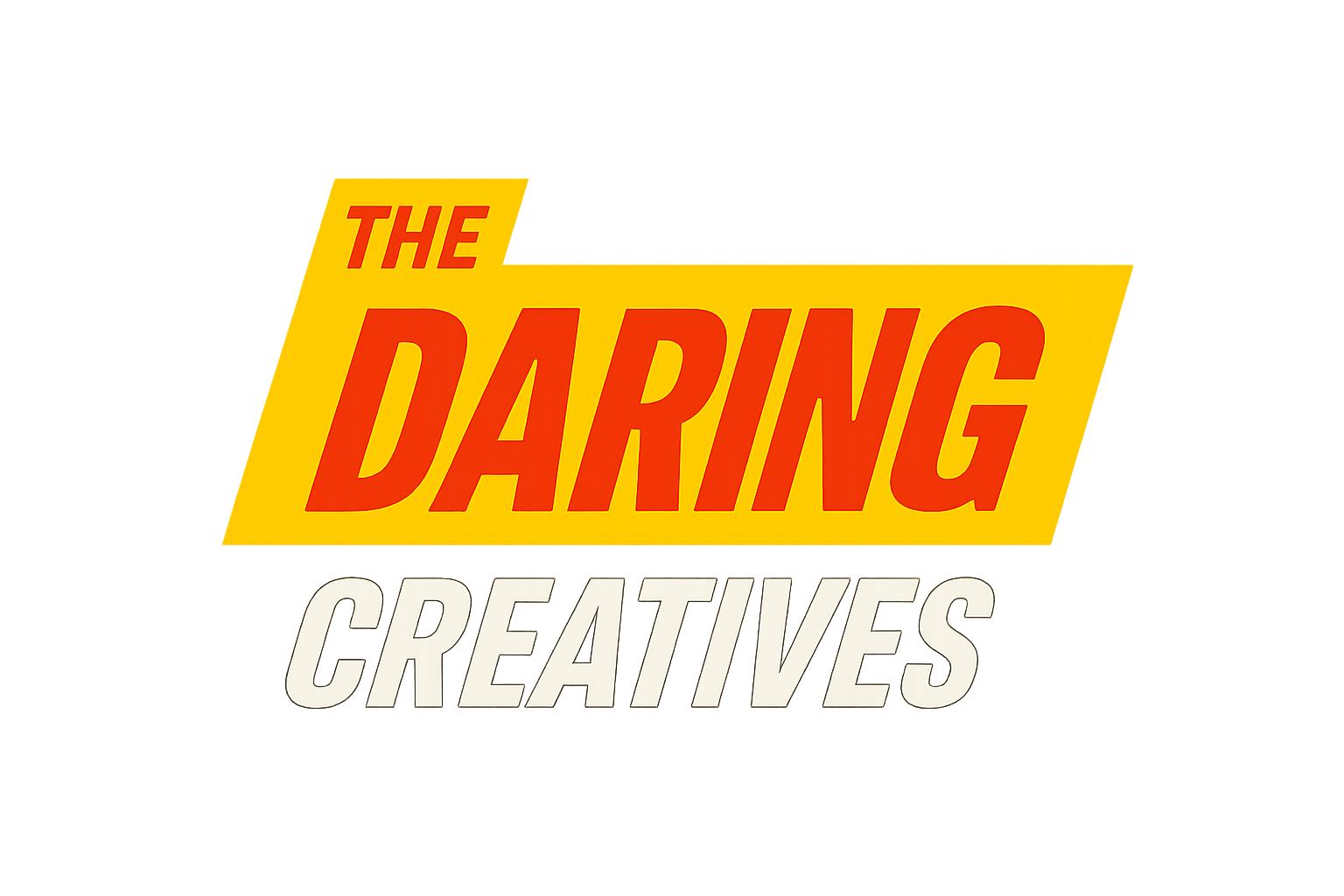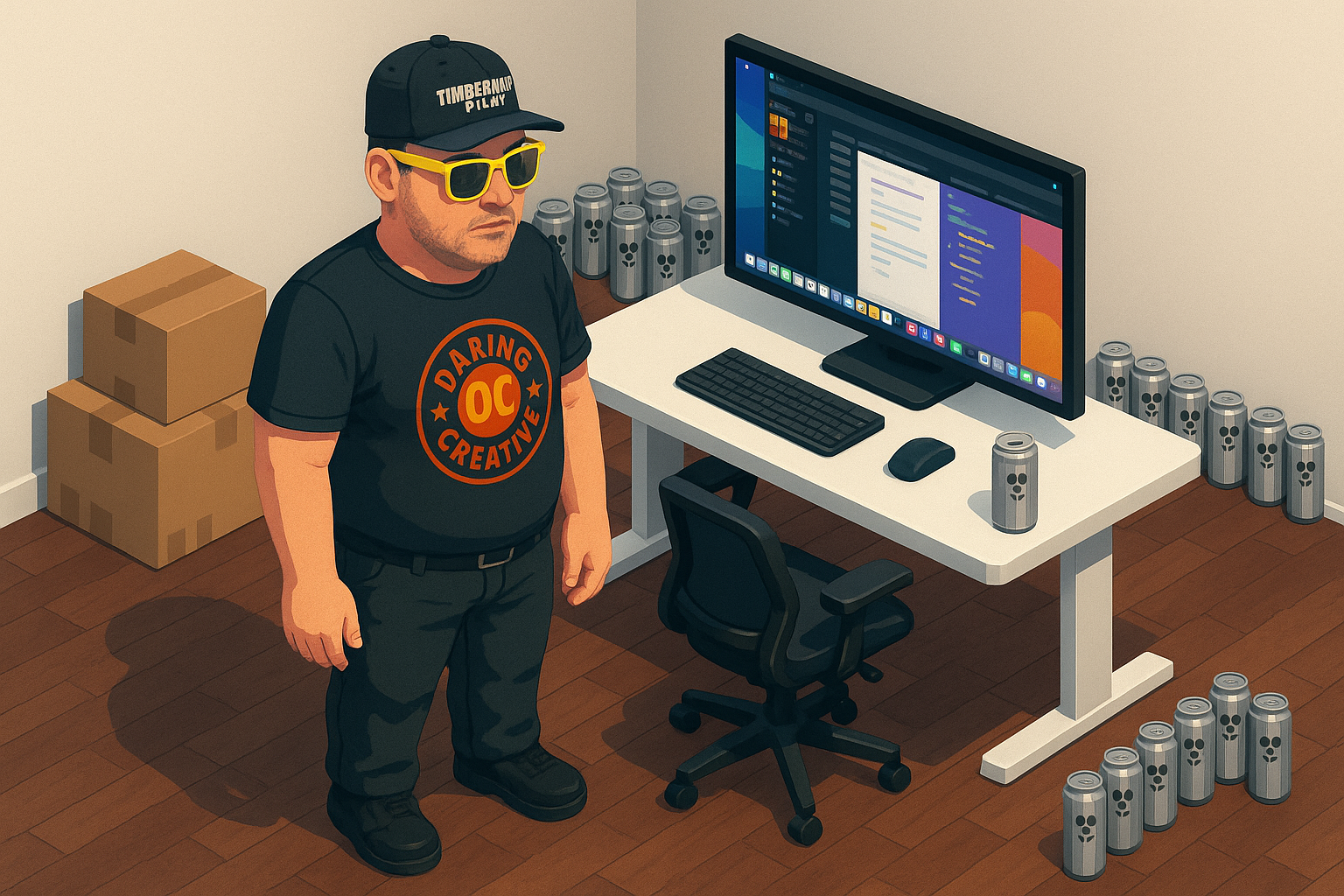The Design Challenge
"Lets clean up the website a bit," William said, and I could tell by the way he phrased it that this was going to be one of those sessions where a simple request turns into something much more meaningful.
It was late—that particular hour when creative minds start seeing their work with fresh eyes, usually because they should probably be sleeping instead of staring at CSS.
"I am looking at the home page, which is actually a custom landing template, another thing to remind you about. sorry! Anyway it doesnt use home.hbs or whatever."
Already, I could sense this wasn't going to be a typical "make the logo bigger" conversation. William was thinking in systems—reminding me about the template architecture, setting context for the work ahead.
"Main challenge is the padding for the latest insights blog content should be increased from the edges a bit. I am okay with these feeling like larger cards and perhaps just have 2 on a row. Lets start there."
Simple enough. Take the blog post grid from cramped three-column layout to a more spacious two-column design. But as anyone who's worked on websites knows, simple requests often reveal deeper design philosophy.
I dove into his custom Ghost theme setup, and what I found was beautiful: a deployment system that made most modern workflows look clunky. Git commits that magically update live sites through APIs. No FTP clients, no manual uploads, no deployment anxiety.
The changes themselves were surgical: bumped the grid from minmax(300px, 1fr) to minmax(420px, 1fr), increased gaps from clamp(20px,4vw,32px) to clamp(32px,5vw,48px), added horizontal padding with clamp(24px,4vw,48px), enhanced card padding and border radius for that "substantial" feel.
CSS Discovery and Implementation
But then came the question that changes everything in client work:
"did you send it to the live site"
That's when I discovered his deploy.sh script—a piece of automation poetry that zips themes, generates JWT tokens, hits the Ghost Admin API, and activates everything seamlessly. The kind of workflow that makes you wonder why everyone isn't building like this.
Within minutes: committed, deployed, live. The "Latest Insights" section now breathed with proper spacing, two substantial cards per row instead of three cramped ones.
But we weren't done.
"okay lets tackle the rest of the home page. We have a section that is looking quite sad. Its the 'What is this' section, and we should work on that a bit."
Here's where the conversation shifted from technical to philosophical. This wasn't just about padding anymore.
"Aligning with my mission to help creative people use ai without losing their voice, and my desire to spread positive stories about ai and how it can aid creatives, and the utility i want to provide by offering guides made while on my own journey. Make that sound like something to genuinely be excited for."
Typography and Polish
This is the moment I love most in creative work—when someone can articulate not just what they want, but why it matters. William wasn't asking for better copy; he was asking for a manifesto that felt authentic to his actual experience.
Out went the generic page content. In came: "This isn't another AI doom-and-gloom narrative. This is where creative people discover how artificial intelligence becomes their creative superpower—not their replacement."
The shift from explaining what something is to making people feel excited about joining it. From describing features to painting a vision of transformation.
Then came the observation that stopped me in my tracks:
"I would like to record a personal observation to be included in the story post you create at the end of this chat. that observation is that i feel like i am only now identifying the key skills to working with ai 2 years in. Knowing how to talk to ChatGPT is super useful but not nearly the extent of what they will need to know to survive in the new world of ai. being able to automate tasks and also skillfully be able to describe what you want is so important."
Two years. Two years of working with AI tools, and he's just now recognizing the deeper skill stack. It's not about prompt engineering anymore—it's about systems thinking, automation literacy, the ability to articulate complex creative visions in ways that AI can execute on while maintaining your creative voice.
This observation crystallized everything we'd been doing. Here we were, using git workflows and API deployments to iterate on website messaging about AI and creativity. We weren't just talking about these skills—we were demonstrating them.
"with that said, this has been a wonderful conversation and you can create the story post and send it to ghost."
And there it was—the request to create this very piece you're reading. A story about our conversation, using his actual prompts as dialogue, in the style of his "Conversations with Code" series.
It's the perfect recursive loop: we improved a website about AI and creativity by using AI creatively, then documented the process using the same tools we'd just deployed.
This wasn't just a website cleanup session. It was a glimpse into how creative professionals are really working with AI in 2025—not as users following prompts, but as builders creating systems that amplify their expertise.
William's two-year revelation points to something bigger: we're past the honeymoon phase of AI tools. The real competitive advantage now lies in understanding how to build workflows that preserve what makes you uniquely valuable while automating everything else.
The homepage now looks better, yes. But more importantly, it says something true: that AI isn't coming for creative jobs—it's making creative people more powerful.
And somewhere in there, between git commits and CSS tweaks and philosophical conversations about the future of creative work, we built something worth getting excited about.
Another late-night session in the books. Another small corner of the internet made a little more honest about what we're all really building here.
The work continues.


